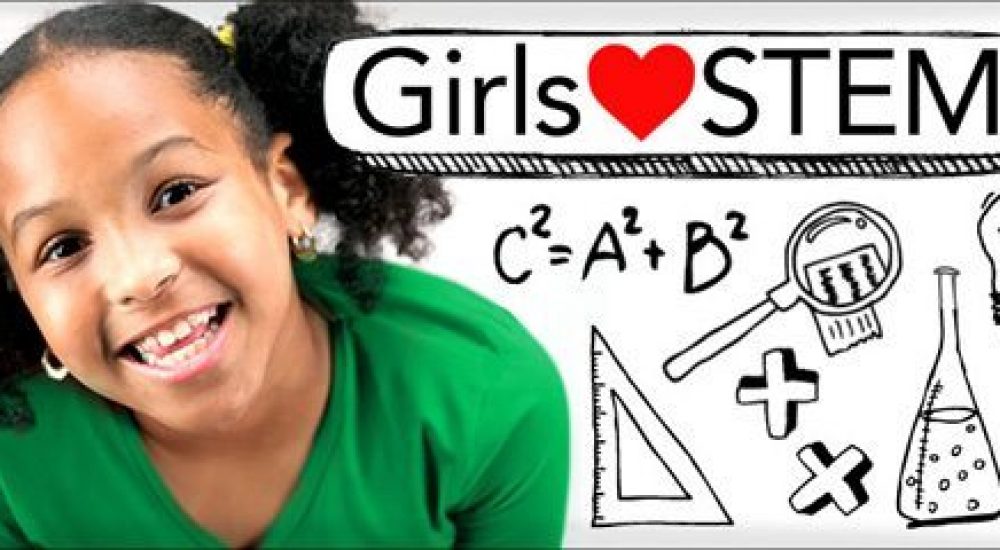I was contemplating what to blog about today. My birthday is coming up so maybe I would write about traditions and celebrations. I knew for sure I would not be writing about the World Cup because besides the Google Doodles and posts from friends on Facebook, I really haven’t been keeping up. But then I was part of a conversation that got my goat.
It was about attracting elementary school girls to STEM by offering pink lab coats and hard hats.
Let me go ahead and say it. I am a fan of pink. In fact, my favorite shoes are pink, Hello Kitty Vans. What I am not a fan of is this trend to paint science, technology, engineering, and math materials and resources with a coat of pink paint and thinking that will bring girls running to the lab.
This is a personal issue for me, as a mother of a daughter, as a former Outdoor Education Instructor, and a female who has always loved science. My love for science is based on inquiry, investigation, and just plain curiosity for the world around me – a need to know how things work. I am thankful that both my parents have science backgrounds and were always encouraging me. I had their support whether it was plant identification, understanding how the body works, or taking apart broken lights and repairing them.
They supported me when I chose to take Shop as an elective in junior high while most girls were taking Home Economics (probably why I can’t cook) or Art (probably why I can’t draw). At no point was I given a pink microscope, breadboard, or calculator- I take that back, I may have had a Hello Kitty calculator. What I did have was support for my curiosity and role models.
Last November, I attended the 1st Annual STEM Symposium.
It was an amazing two-day event filled with insightful workshops about bringing STEM to afterschool programs, the Maker movement, and a plethora of other topics. One of the keynote speakers was Geena Davis. Yes, that Geena Davis from A League of our Own & Thelma and Louise. She shared some of the research made available through the Geena Davis Institute on Gender in Media* as well as her core phrase “If she can see it, she can be it.”

Picture credit: Teens for Tech
This really landed with me. Is that why I have always been so interested in science? Was it because I had role models? I revisited this phrase later that week when I picked up my daughter from a Girl Scout activity. They were working on the Detective badge. I asked her how it went, her response was “I got to be like the doctors on House and Kate on Castle and use science to solve a mystery.” She had connected her experience to strong women portrayed on TV in science and law enforcement roles.
STEM is a hot topic these days so finding resources just takes few clicks on the keyboard.
Some of my favorite resources I use at work to promote STEM with young girls (and boys too) include:
- Anything by MAKE– The website has great project ideas, tutorials, information on starting a MAKE club, and their annual summer Maker’s camp.
- Cardboard Challenge– This takes cardboard engineering and automata to a new level.
- Squishy Circuits– who doesn’t love to play with playdoh!
- Odyssey of the Mind– While this program is not strictly focused on STEM, the challenges promote 21st Century Skills and the girls I have worked with in the past love them. They are great “wow factor” activities to start conversations about why solutions worked or didn’t.
- DIY.org– Not only does this site promote Internet safety but their challenges are very diverse, engaging, and you get to earn a badge.
- Scratch– This free program is a great introduction to programming and is based on the work of constructivist psychologist and mathematician Seymour Papert- the guy who brought those of us who first used a computer in the early ‘80’s the LOGO turtle.
National programs like PBS SciGirls, Girls Who Code, Girl Scouts, and 4H are just a few organizations that focus on sparking a young girl’s interest in science, technology, engineering, and math. They all share common keys elements: mentors, experts, and exposure. They all use scientific terms and language and have a focus on problem solving challenges, all while being creative.
I would love to hear from you. What do you think are the best ways to engage young girls in science, technology, engineering, and math?
*Did you know that males in STEM roles in family films outnumber women in STEM roles in family films by a ratio of 5 to 1? For more interesting facts like this check out their latest report at SeeJane.org. (Gender Roles & Occupations: A Look at Character Attributes and Job-Related Aspirations in Film and Television 2013)
For breakfast, I had scrambled egg whites with cheese and salsa on corn tortillas at home and then an iced coffee with LOTS of milk once I got to the office.
Author Profile: @eppispeppy
